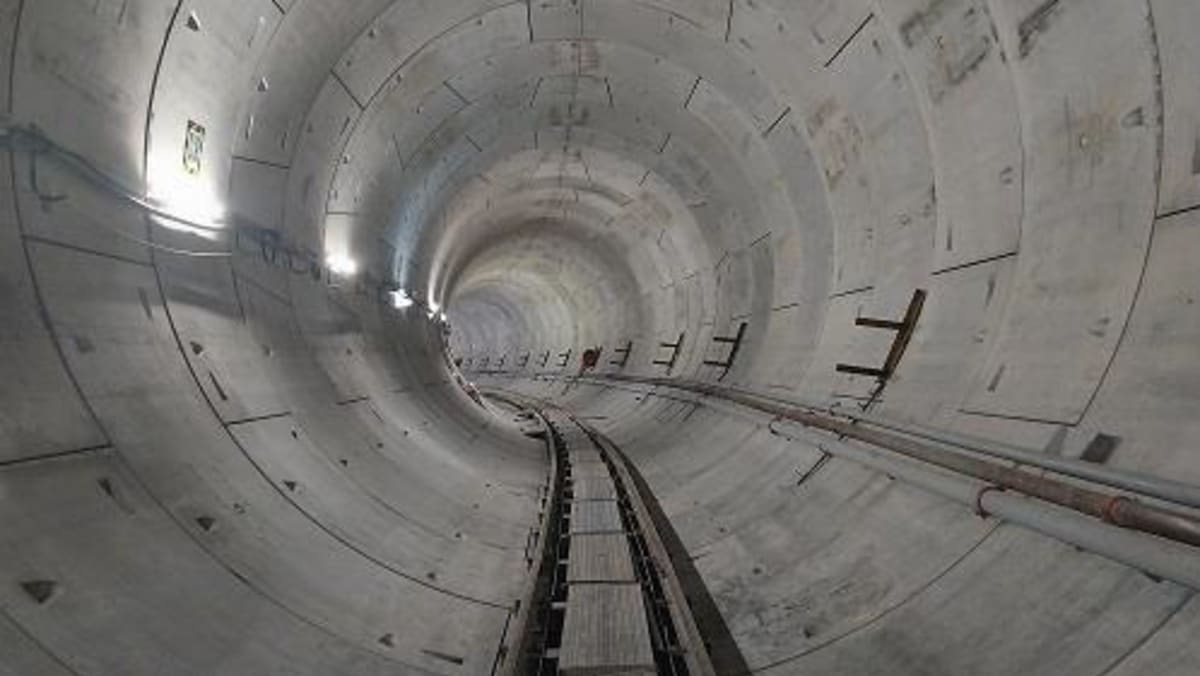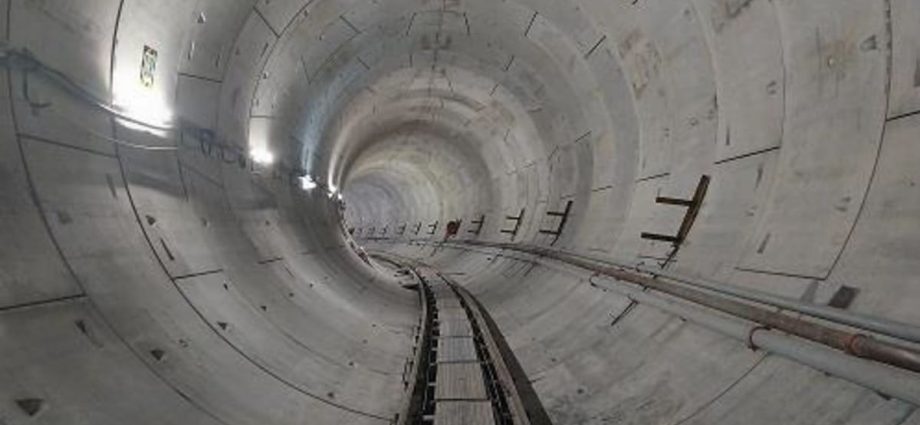
CHALLENGING PROCESS
PUB said that tunnelling work for Phase 2 of the project “was a challenging process” through highly built-up areas.
“The tunnelling works had to be carried out by five different contractors, using pioneering construction methods and smart technologies for safe and smooth operations,” the agency said.
“This served to greatly reduce disruption to above-ground infrastructure and the public.”
Construction of Phase 2 also saw the implementation of new features that will allow authorities to ensure the integrity of deep tunnels and maintain them more easily.
“These include the use of concrete resistant to microbiological-influenced corrosion, isolation gates to allow for flow diversion, fibre optic cables for remote monitoring of a tunnel’s structural integrity and the use of air jumpers to control air flow within the tunnels,” PUB said.
The Tuas Water Reclamation Plant, a key component of Phase 2, is expected to be ready by 2026.
The plant will be located with the National Environment Agency’s Integrated Waste Management Facility to form Tuas Nexus, Singapore’s first integrated used water and solid waste treatment facility that will be fully energy self-sufficient, PUB said.
In a statement, PUB chief executive Goh Si Hou described the DTSS as a “game-changer” for “one of the most water-stressed countries in the world”.
“The Deep Tunnel Sewerage System is not only an engineering feat, but a key pillar in strengthening Singapore’s water resilience to meet the long-term challenges of climate change and growing water needs,” he said.
“This has been made possible through the bold vision and innovation of our pioneers, and decades of meticulous planning and hard work by our planners, engineers and contractors.
“We look forward to the upcoming completion of our water reclamation and NEWater plants, which will realise the full potential of the DTSS in the years to come.”

